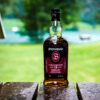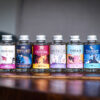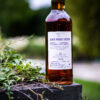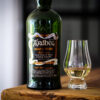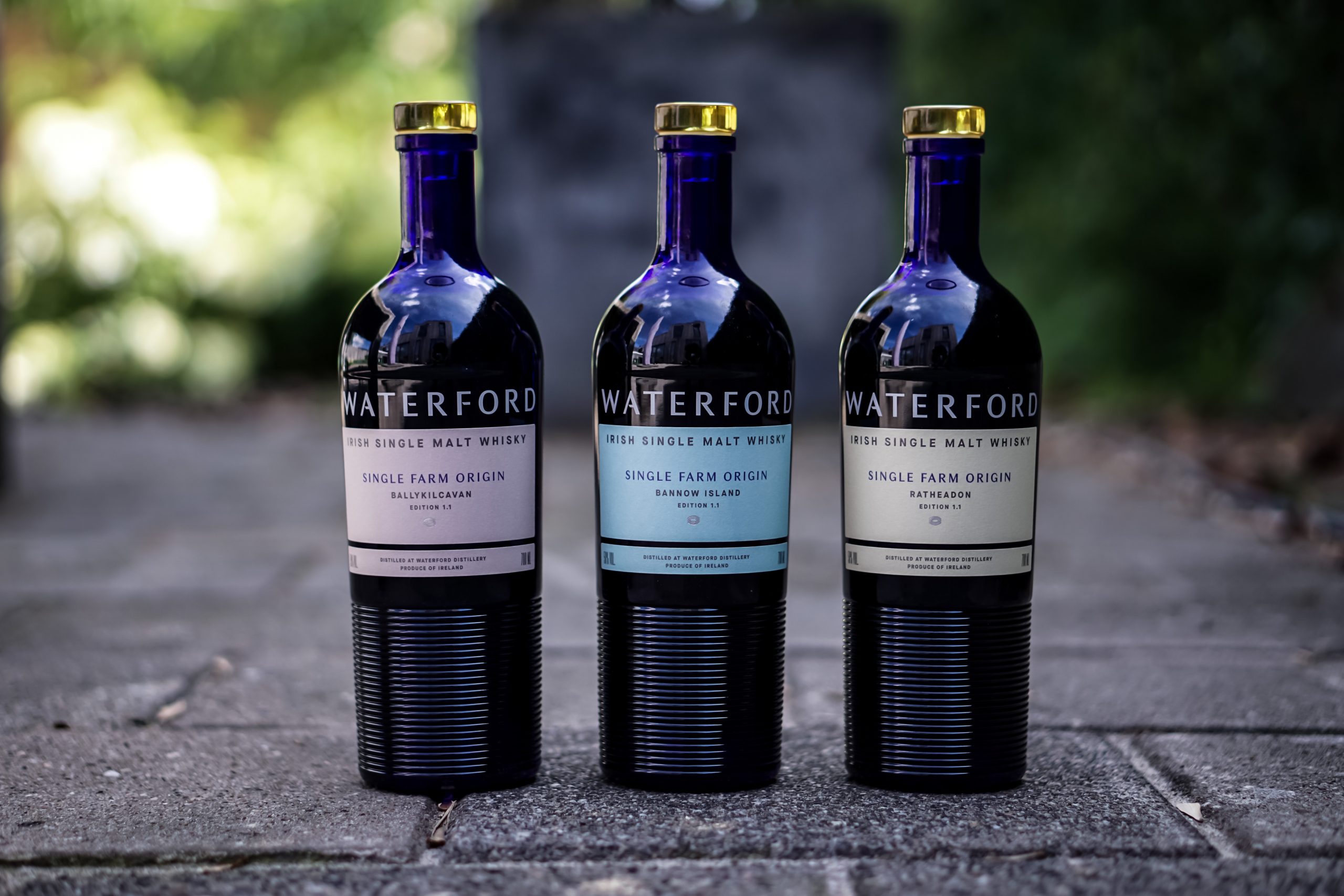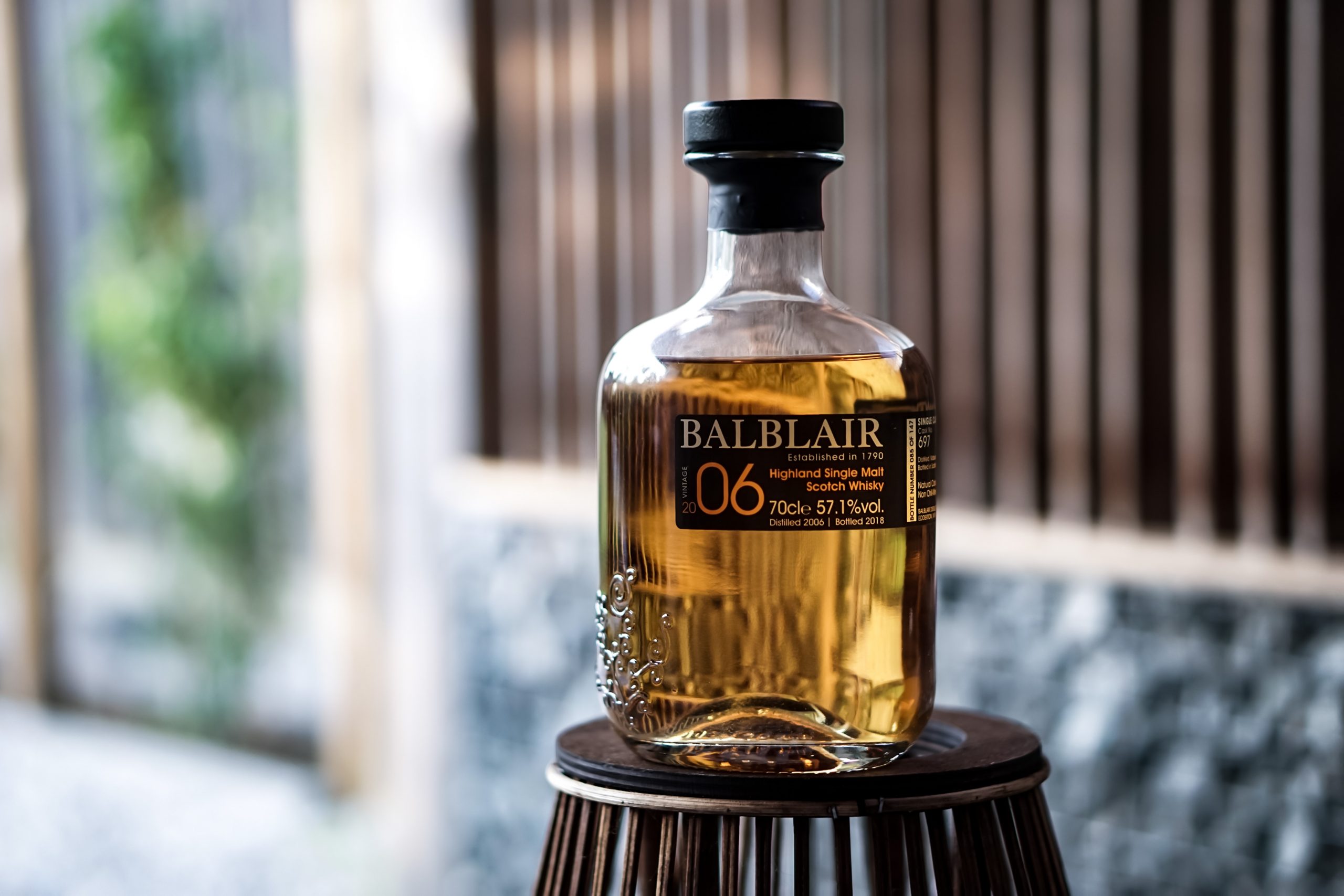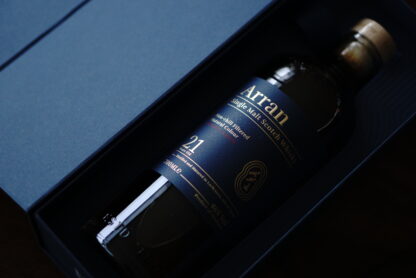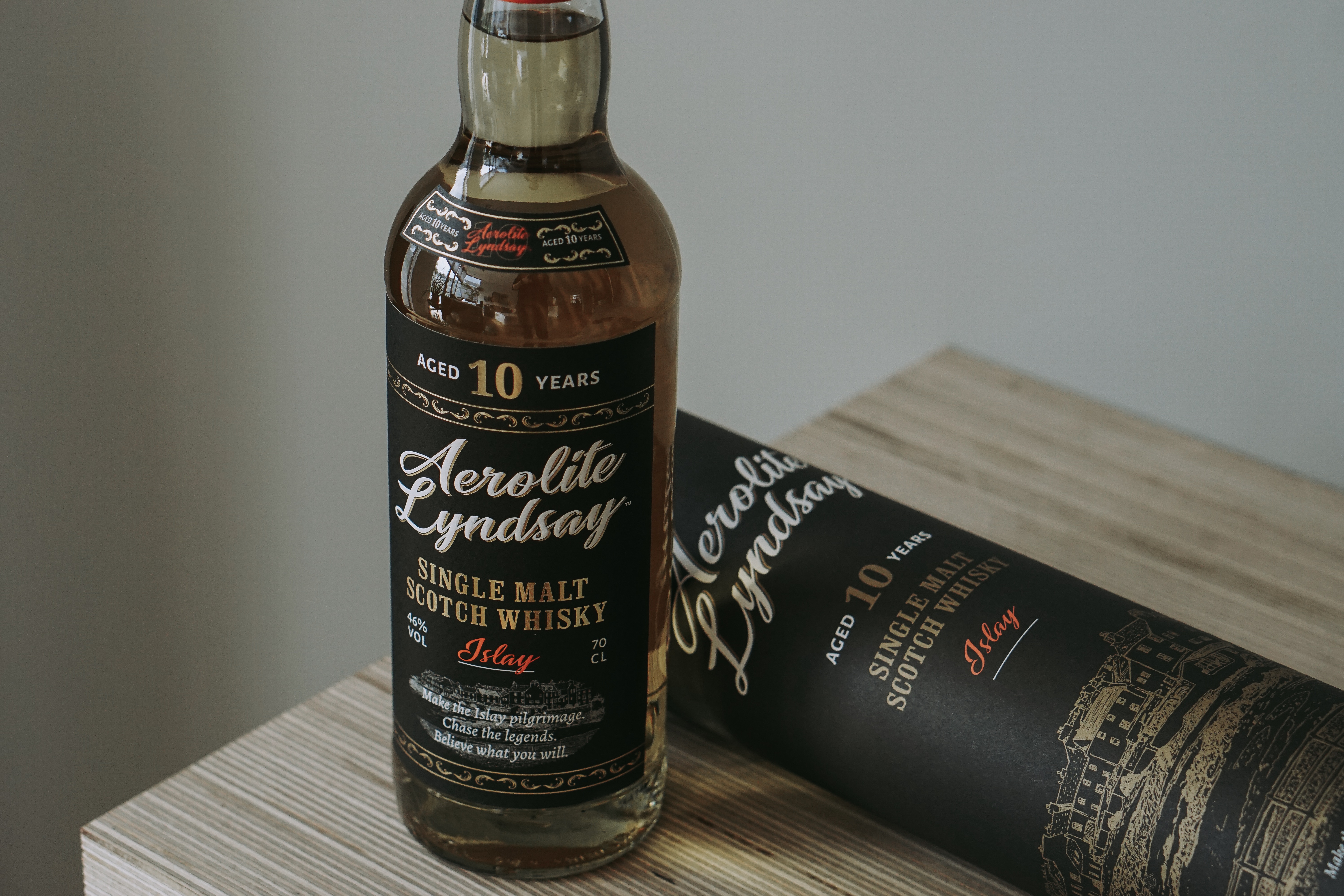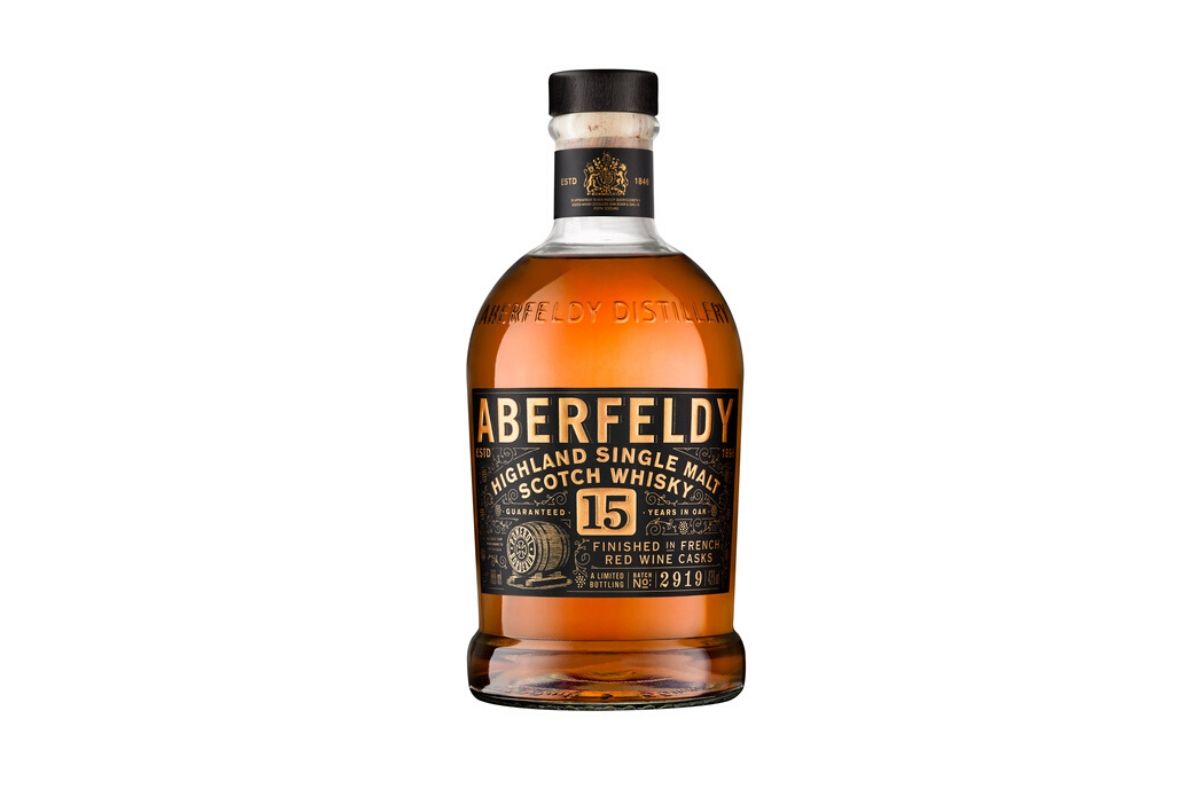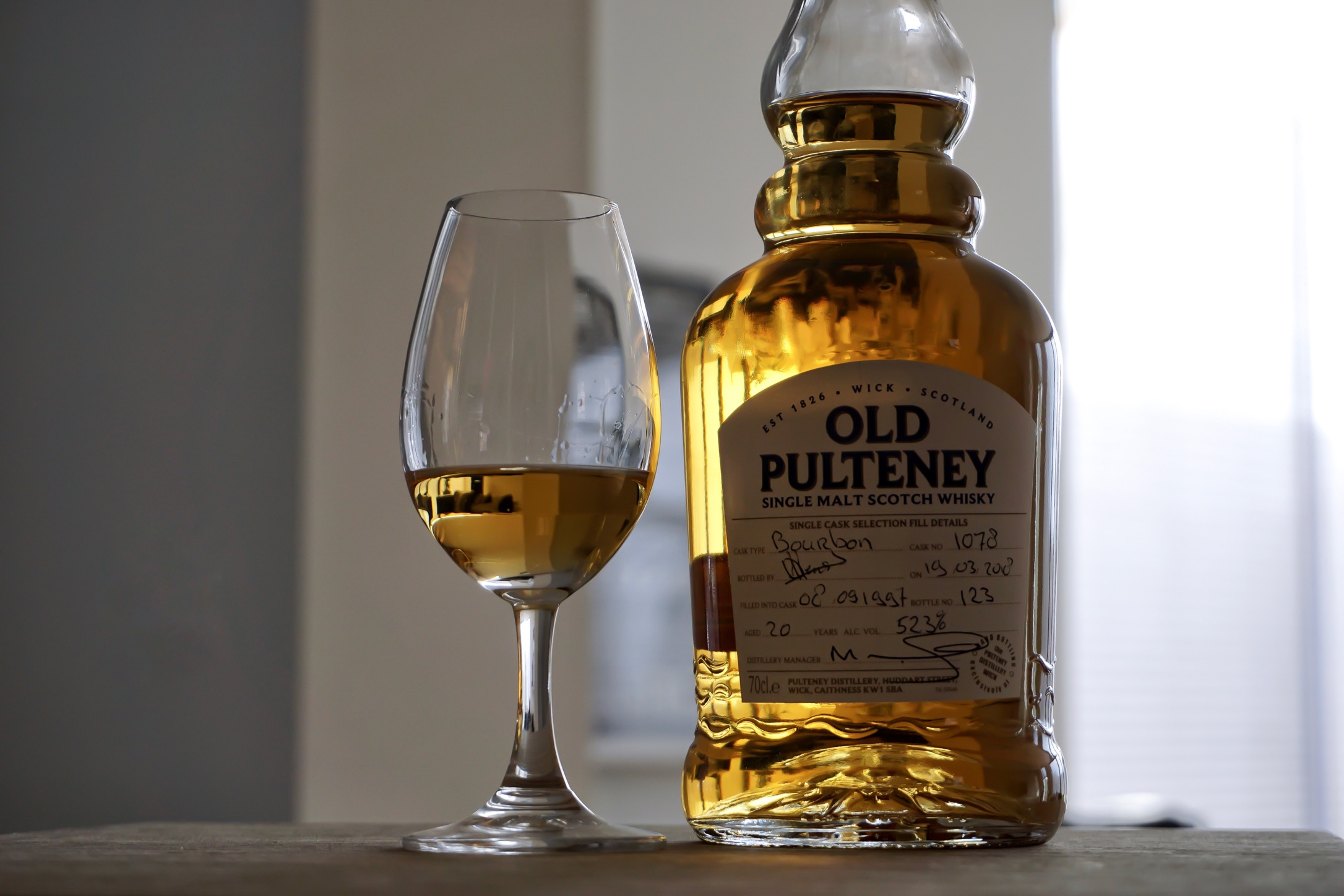If you haven’t heard of Waterford Distillery by now, is either not involved on social media or has been living under a rock for the last 3 years, because you couldn’t ignore it. Even if you don’t follow Waterford on social media, it was others among the whisk(e)y community who talked about it. The methods used by the distillery are both controversial as renowned in the whisky world and that has caused many a debate on Twitter for instance between proponents and opponents of Waterford.
When it comes to Waterford, it’s all about terroir. In short, the bottom line is that terroir stands for all factors that can influence the crop, such as climate, soil type, topography, but also what type (in this case) barley is used. All this together influences the taste.
It is a term that is mainly used in the wine world, but it is not yet something that is common in the whisk(e)y world. However, that didn’t stop founder Mark Reynier (formerly Bruichladdich) from experimenting with terroir. Reynier, who comes from the wine world, was more or less working on this at Bruichladdich but brought this to a new level when he started Waterford. At the moment, the distillery works with no less than 72 different Irish farmers, who grow barley on 19 different types of soil. Each of these crops is stored separately and distilled separately, which is a huge logistical endeavour, after which it is made into a whisky per farm. In addition, they also experiment with Biodynamics and organic whisky, but I will explain this in another article once these single malts are released.
In any case, if we go back to terroir, which has ensured that the discussion got off the ground. I personally believe that this method of making whisky is indeed traceable. I have tasted several samples of new make on different occasions and also in the comfort of my own home and that convinced me that terroir did influence the taste of the new make. All samples, which obviously came from different farmers and soil types, clearly differed in taste. But now the question remains, can this still be tasted in the whisky…
But before we let the whisky talk, I do want to add that Waterford uses the same mix of casks for every single malt with more or less the same proportions to preserve the consistency of flavours of each farm’s terroir. This mix of casks is: 1st fill American oak, virgin oak, French oak and Vin du Naturels (VDN). However, there are exceptions as you will see in the Ballykilcavan’s cask mix, which doesn’t contain virgin oak cask because it wasn’t available at that time.
So onto the whisky then and first up is the Ballykilcavan, which has matured in 45% 1st fill American oak, 37% French oak and 18% VDN casks. It’s 3 years, 11 months and 18 days old and bottled at a strength of 50% ABV.
Ballykilcavan tasting notes:
Nose: it’s quite malty. Oats and fresh lemon peels. A hint of sulphur. Barley sugar. Freshly cut grass. Grapefruit. A few spices. Purple wine gums.
Taste: barley sugar again. A hint of honey. Caramel fudge. Sulphur here as well. Milk chocolate. Oats. Grapefruit. Some kind of off note.
Finish: short to mid-long. Oats and black pepper.
Not very balanced, but not very bad either. There is a bit of a sulphur edge to it and now that I have tasted it more often it seems to be a bit worse. It feels a bit young, which is of course not strange because it is a young single malt. 🙂 Without that sulphur edge, I think I would have scored it a little higher.
Score: 82/100
Next up is the Bannow Island and this one has matured in a mix of 35% American oak, 20% virgin oak, 25% French oak and 20% VDN. The age is 3 years, 7 months and 27 days to be exact. Also bottled at 50% ABV.
Bannow Island tasting notes:
Nose: It’s fruitier than the first one, pears and green apples. But also dried barley and hay. Vanilla and green grapes. Lemons, which is followed by grapefruit and nectarines.
Taste: honey. Caramel and milk chocolate. It’s quite sweet but nice. Barley sugar. Strawberries and wine gums. Vanilla. And also a hint of freshly cut grass. Later some spices such as liquorice, ginger and white pepper.
Finish: mid-long with mostly caramel.
Oh, this is much nicer than the first one. More in balance. And better developed it seems. There is ridiculously much flavour in it for a 3-year-old.
Score: 86/100
Last but not least the Ratheadon, which is an Ireland exclusive. It has matured in 35% 1st fill American oak, 20% virgin oak, 25% French oak and 20% VDN casks. It’s 3 years, 9 months and 5 days old and bottled at 50% ABV.
Ratheadon tasting notes:
Nose: oh, lovely nose. Caramel fudge. Fresh pears and red grapes. Vanilla. Then lemons. Freshly cut grass. And it has hints of limestone. Oats. It’s even a little earthy. This is followed by green apple peels and a floral note in the background.
Taste: Caramel fudge and milk chocolate. Lemons. Then minerals. Vanilla, followed by green grapes. Grassy as in fresh grass mixed with hay. White pepper too.
Finish: mid-long. Minerals. White pepper. Caramel.
It’s almost like a Scottish lowlander, ha! A beautiful whisky that feels older than 3 years, I would almost believe it’s 7, maybe even 8 years old. It’s fresh and vibrant with lovely grassy tones. Definitely the favourite out of the three for me.
score: 87/100
Overall: The Ballykilcavan is the only one without virgin oak, but it seems that it needs it to keep the balance. As it is a bit out of tune with the other two, which I really like both, especially considering the age. Is it typically Irish? No. Does it matter? Not really. It’s certainly good and each of them has a different array of flavours. However, it’s hard for me to tell if the farm’s terroir is still traceable. But even without taking that into consideration, it’s just good quality whisky. This looks very promising for the future and I am certainly looking forward to tasting more of it.
